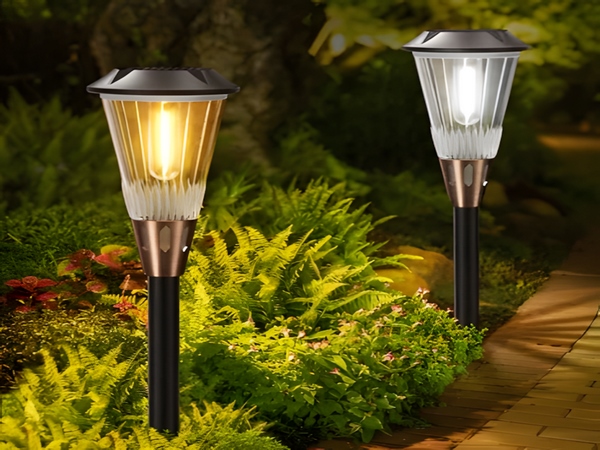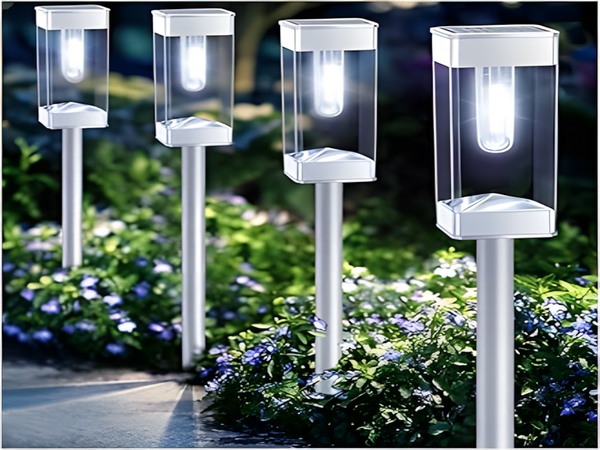
Solar street lights are composed of solar panels, solar controllers, battery packs, light sources, lamp posts, and lampshades. Solar batteries are divided into lithium batteries and gel batteries. Lithium batteries are widely used in the solar street light industry due to their long lifespan, environmental friendliness, and high energy density.
Let’s take a look at the lithium batteries used in solar street lights. If problems arise, how should we check them?
1. Keep the battery room warm in winter and ventilated in summer. The temperature of the battery room should be controlled between 5°C and 25°C.
2. Keep the lighting surface of the solar panel array clean.

In areas with little rain or sandstorms, it should be cleaned once a month. During cleaning, rinse with clean water first, then wipe dry with a clean soft cloth. Do not use corrosive solvents or hard objects for cleaning. Cleaning should be performed in the morning and evening when there is no sunlight.
When the photovoltaic components are heated by sunlight during the day, avoid washing them with cold water. Very cold water can break the glass cover of the photovoltaic components.
3. Tighten the connection screws between battery cells at least once every six months to prevent loosening, poor contact, and other failures.
When maintaining or replacing lithium batteries, the tools used (such as wrenches) must be equipped with insulating coverings to prevent short circuits.
4. Recharge the battery in a timely manner after discharge. If it rains for several consecutive days and the battery charge is insufficient, stop or shorten the power supply time to avoid excessive discharge of the battery.

Maintenance personnel should regularly perform equal charging of the battery, generally charging 2-3 times per quarter. For batteries that have been unused for a long time (more than 3 months), they should be charged before being put back into use.
5. Check if the battery surface is clean, free from corrosion and liquid leakage. If there is significant dirt on the casing, wipe it with a damp cloth and touch laundry detergent.
6. Observe if the battery appears to be dented or bulging.
Regularly check if the connection wires between photovoltaic components are secure, and if the wires inside the square junction box are tightened as required. Check if the photovoltaic components are damaged or unusual, such as damage, disappearing grid lines, hotspots, etc. Inspect whether the bypass diodes in the junction box of the photovoltaic components are working normally.
When problems occur with photovoltaic components, they should be replaced promptly, and detailed records should be kept of their specific installation and distribution locations in the photovoltaic array.
In summary, we should perform an inspection and maintenance of lithium batteries for rural solar street lights at least once a year to extend their lifespan.



